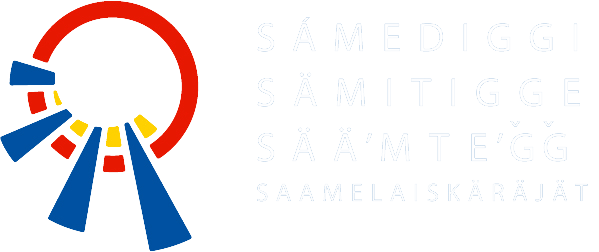Reindeer Herding
Of traditional livelihoods, reindeer herding remains one of the significant cornerstones of Sámi culture, as it offers crucial employment opportunities and, thereby, helps keeping the peripheral areas of the country inhabited while providing a culturally significant arena for language use and materials, among others, for clothing, handicrafts and food culture.
Ownership of reindeer, reindeer herding skills and even individual reindeer created a social status for different family members in Sámi society. For example, the life cycle of reindeer was closely followed on a year-round basis, the well-being of reindeer was looked after, and all the products of the reindeer were carefully utilised. All the traditional reindeer herding tasks needed sufficient work power. Those tasks included, among others, protecting the reindeer while herding, gathering the reindeer for round-ups, building and maintaining reindeer fences, slaughtering, calfing and calf marking. These reasons formed a basis for the fact that Sámi reindeer herding family has been and still is a large family unit.
